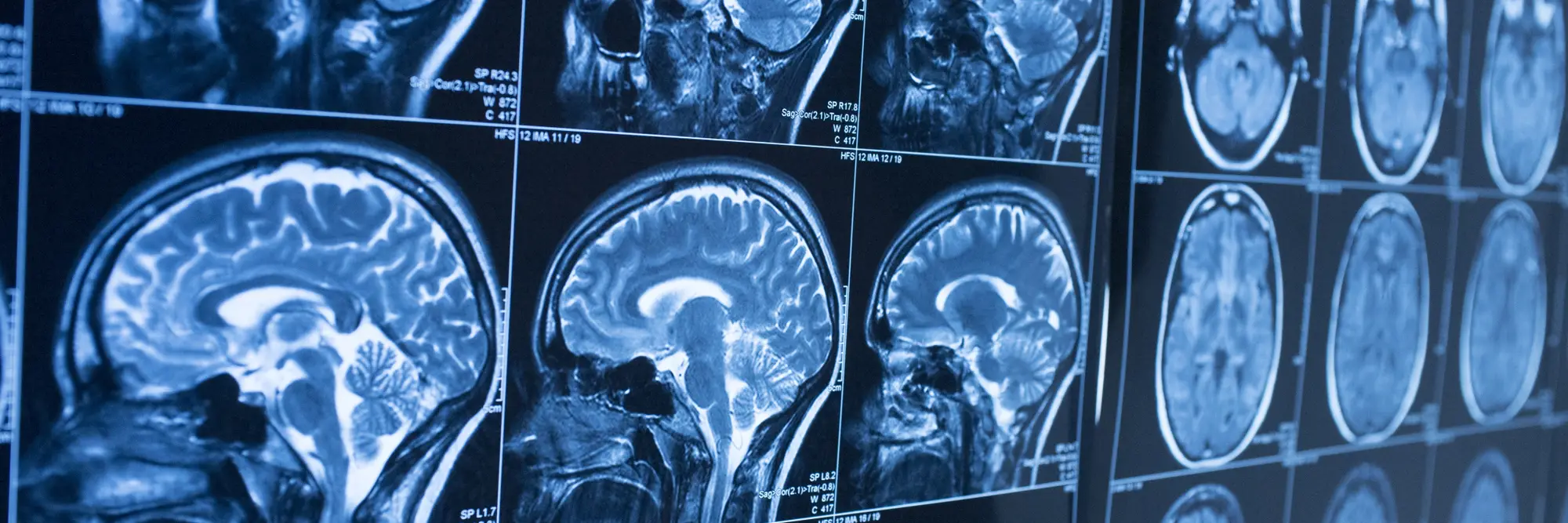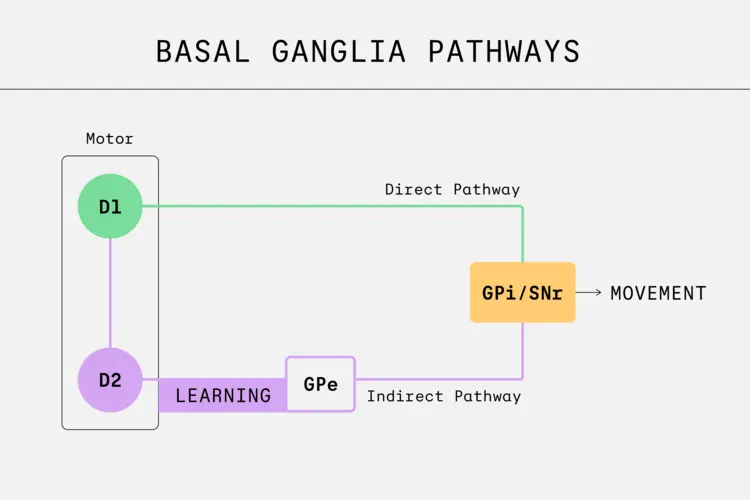
Neuroscience Institute Spurs Collaboration, New Discoveries
Media Inquiries
The brain remains an intriguing and baffling puzzle. Understanding its enormous complexity is the first step toward finding new treatments for many diseases and disorders.
Key discoveries in modern neuroscience rely on transdisciplinary approaches, linking biology, cognitive psychology, computer science, statistics and engineering. Tackling the toughest and most impactful questions in brain research requires broad collaboration of experts working together on big-picture projects.
The Neuroscience Institute(opens in new window) at Carnegie Mellon University unifies neuroscience research conducted by faculty across campus. The institute brings together interdisciplinary expertise to understand and improve brain function in both healthy and diseased brains, invent and apply the next generation of neural technologies and tools, and educate the next generation of neuroscience leaders.
“CMU excels in systems neuroscience, cognitive neuroscience and neuroengineering, as well as in developing neurotechnologies to advance science and to treat diseases of the brain,” said Barb Shinn-Cunningham(opens in new window), founding director of the Neuroscience Institute. “Before the Neuroscience Institute was created, we had our own research identity but did not have the tradition of working together across those boundaries because we lacked formal leadership to build the CMU brand.”
Building an institute to drive innovation, elevate reputation
Shinn-Cunningham joined CMU in 2018 and began the process of unifying the university’s neuroscience research efforts.
She was drawn to this opportunity because the Neuroscience Institute paired perfectly with the technical expertise of the university in a way critical to innovation in the field. According to Shinn-Cunningham, neuroscience has been undergoing a data revolution that continues to accelerate. New equipment and technology is producing massive reams of information, which requires new approaches, such as machine learning and automated tools, to automate analyses.
Under Shinn-Cunningham’s leadership, new faculty hires have addressed these critical needs and grown the institute’s research portfolio, tripling the funding for neuroscience research. Faculty collaborations across the CMU campus as well as at the University of Pittsburgh, especially those in its medical school, translate these advances, technologies and inventions into the clinical setting. Some of the biggest accomplishments to date include:
- The development of brain-machine interface technology that can be used to help people recover function after stroke.
- The development of implantable devices to stimulate brain activity for patients with traumatic brain injury or neurodegenerative diseases, such as Parkinson’s disease, as well as address chronic pain as an alternative to pharmaceuticals.
- The development of improved diagnostics to identify patients with Alzheimer’s disease to introduce earlier interventions.
- The development of methods to identify people at risk for addiction by exploring the social, emotional and genetic aspects of behavior.
Training leaders for tomorrow
Beyond research innovation, the Neuroscience Institute educates next-generation leaders in the field through its two Ph.D. programs.
The Program in Neural Computation(opens in new window) trains graduate students in the application of quantitative approaches, such as computational, mathematical and statistical methods, to study the brain and medicine. Students learn to use different techniques to develop and analyze large datasets to understand the complexities of neurobiological systems.
The Program in Systems Neuroscience(opens in new window) trains students with backgrounds in biology and neuroscience in quantitative systems neuroscience and experimental neuroscience.
Students in both programs benefit from the institute’s close relationship with the Center for the Neural Basis of Cognition(opens in new window) (CNBC), a collaboration between CMU and Pitt.
Unlike many graduate programs, Ph.D. students in the Neuroscience Institute have an opportunity to rotate between labs and work with multiple faculty during their first year of study. This approach exposes students to different mentors and lab cultures, allowing them to find the best fit for their work style, a key factor to success and well-being. In addition, the Neuroscience Institute provides students and post-doctoral fellows with resources to conduct research, as well as financial assistance with visas and moving.
“CMU is unique in that it fosters this kind of interdisciplinary work,” said Chiara Repetti-Ludlow, a distinguished post-doctoral fellow at the Neuroscience Institute. “There are not many places (where a person) coming from a linguistics background with some neuroscience experience could just have free reign to do a project.”
Julien Dirani, another distinguished postdoctoral fellow, joined the Neuroscience Institute in September 2024 because it offered him the flexibility to pursue his own research ideas.
“I was given a lot of freedom in my research, where I could write a proposal and bring together multiple professors,” said Dirani. “I enjoy the collaborative nature of the Neuroscience Institute, which bridges multiple departments.”
A transition in leadership
At the beginning of 2025, Shinn-Cunningham stepped down as the head of the Neuroscience Institute and accepted a new role as the Glen de Vries Dean of the Mellon College of Science(opens in new window). Tim Verstynen(opens in new window), professor of psychology and the Neuroscience Institute, now is the Neuroscience Institute’s interim director.
Verstynen’s research focuses on neural basis of decision making. In his lab, he and his colleagues build biologically realistic models of brain networks. They have their model perform tasks and compare the results to data gathered during MRI scans of people performing similar tasks. Verstynen credits the Neuroscience Institute with the ability to make big research a reality.
“To do this work, I have to have expertise in computational neuroscience, cognitive neuroscience, data science and machine learning and biology,” he said. “I cannot be an expert in all of those things, but if I collaborate with people who are, our shared expertise allow us to put together much bigger studies with greater depth than we could do if we were isolated and alone.”
In the coming years, the Neuroscience Institute will find a central headquarters in the new Richard King Mellon Hall of Science, which is currently under construction along Forbes Avenue. This new home will bring faculty closer together to improve communication, collaboration and creation. During the transition in leadership, Verstynen said his goal is to keep the institute on track and amplify the joy in the work and in being a member of such a unique community.
“The Neuroscience Institute is a special place, because it doesn’t fit within one college,” concluded Shinn-Cunningham. “We need to continue to serve the entire campus, promoting neuroscience research and training across the university in a disciplinary agnostic way. That is our super strength, and that is what will allow us to continue to grow and advance the field.”




